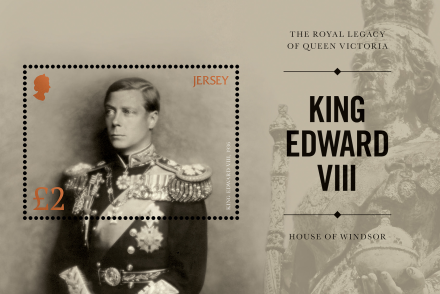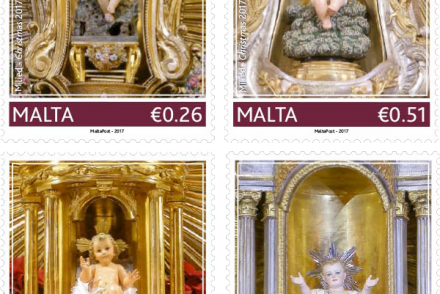Portugal North
Portugal- The Arra?bida Bridge, the second bridge between Porto and Vila Nova de Gaia, was inaugurated in 1963.
The demographic increase of the district of Porto and the municipality of Vila Nova de Gaia and the problems with tra c led to the need for an alternative crossing that facilitated road tra c.
The preparation of this project was requested of the world-renowned bridge engineer Edgar Mesquita Cardoso, with this work having been fully conceived, designed and constructed by Portuguese engineering.
The structure of the reinforced concrete arch bridge with the largest span in the world at 270 m, held the world record for bridges of this category for some time. Being one of the city’s greatest symbols, it was classi ed as a national monument in 2013 after a three-year process.
Braga Cathedral is the oldest cathedral in the country, its construction having started before Portugal became a nation.
The beginning of this work occurred during the episcopate of Dom Pedro de Braga, in 1070. Over the years it experienced more and more enriching interventions by order of the bishops, having become a monument of religious, Romanesque, Manueline and Baroque architecture as well as of modernity. The Cathedral is a great symbol of the city, composed of an architectonic set consisting of several buildings. The Church is composed of three naves, a transept and an apse with ve chapels, together with the cloister and the adjoining chapels.
The city of Braga arose around this national monument, so classi ed in 1910, it now being possible to see the diverse influences it experienced throughout the ages.
The Douro is the second largest river on the Iberian Peninsula but more than that, it was a central artery of the region’s life from the earliest times, being an essential channel both for the transportation of Douro wine and people.
The town of Pinha?o is on the right bank of the river Douro, more precisely, in the heart of the demarcated region of the Douro, a place full
of beautiful landscapes, which is based on its wine economy. Its geographical location made it possible for it to become a signi cant trading hub, mainly for the transport of Port wine that was formerly carried on traditional rabelo boats and later by train.
Nowadays, tourism is also a source of wealth, with the Douro inviting visitors to take a boat trip and enjoy the view of beautiful wine estates with their steep hillside terraces, amidst hills and valleys.
Also called the Gaita Transmontana or Gaita Mirandesa, the Gaita de Fole (bagpipe) was until recently handcrafted with typical local agro-pastoral materials. It is, at a European level, a rare example of this type of aerophone, as it maintains its medieval pattern and peculiar tuning rules, which have been passed down from craftsman to craftsman so as to preserve the original construction. The role of the pipers included not only to craft and tune this musical instrument, but also to learn and teach repertoire and also to play at festivities and in religious processions. This is a di cult art that requires a lot of training and talent.
Contemporary of the Pombaline Reform, the Chemical Laboratory of the University of Coimbra is the most important Portuguese neoclassical building, the construction of which was completed in 1777.
Faced with the need to properly accommodate experimental objects and to provide quali ed teaching in the eld of chemistry, this building was constructed in order to respond to all the requirements imposed. It was erected over the old facilities of the refectory, kitchens and adjoining areas of the extinct College of the Society of Jesus.
This construction represents the Enlighten- ment ideology of the practical teaching of science in which laboratory work became central for the study of a variety of scienti c elds.
In 2006, the Science Museum was established in the chemical laboratory as part of the rst phase of a project which aims at becoming an essential centre for the promotion of science and scienti c museology in Portugal.
Issue Date: 24.03.2017
Designer: Atelier Design&etc / Tu?lio Coelho
Printer: La Poste
Process: Offset
Size: 40 x 30,6 mm




